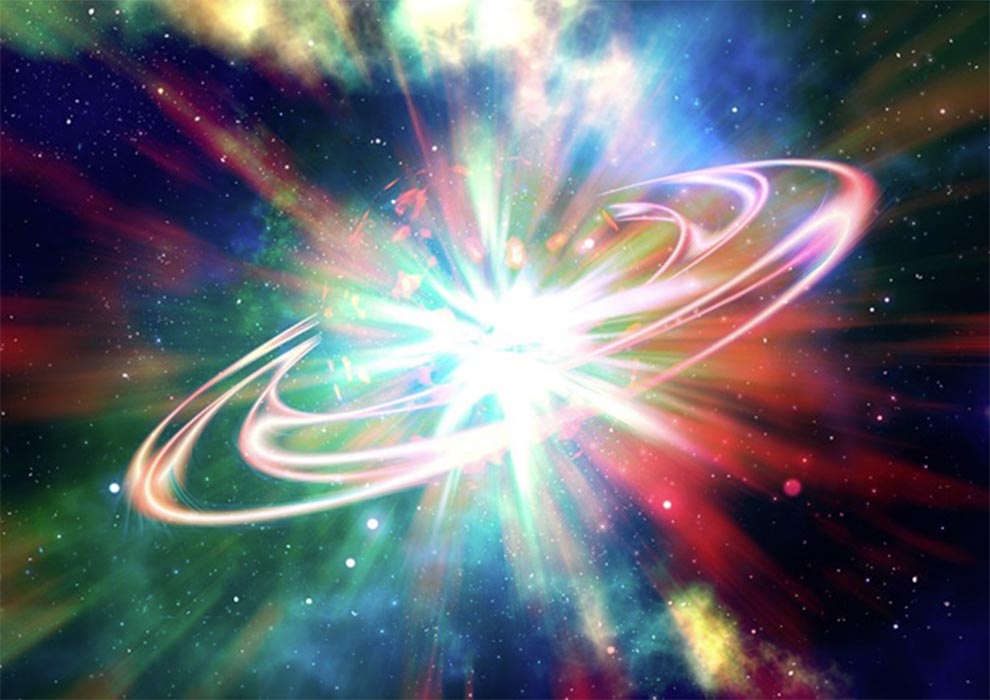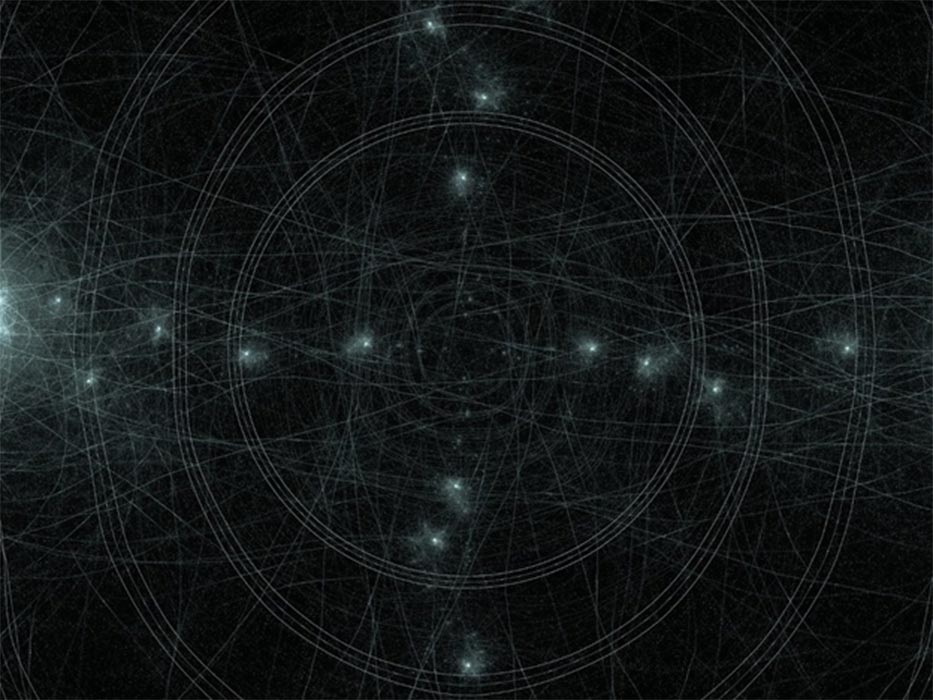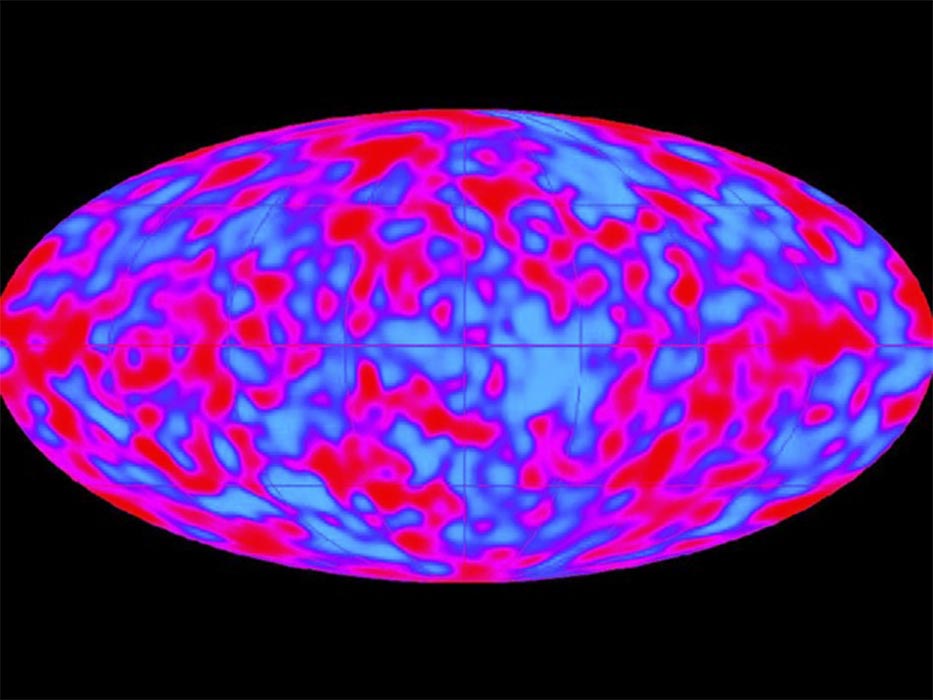
From Pigeon Poop to the Origin of the Universe
The term, ‘Big Bang’ was coined by the English astronomer and cosmologist Sir Fred Hoyle in 1949. But when he first employed it, during a BBC radio broadcast on astronomy, it was meant to be derisive in nature. At that time in his life Hoyle did not accept the fact that the universe had a beginning. Instead, he believed in what is called the Steady State Universe. When he said the universe began with a ‘Big Bang’, he actually meant to belittle the concept. Now it has come to be accepted by the great majority of astrophysicists.

Pursuit (1952) by Boris Anrep, part of a series of mosaics of the Modern Virtues in the entrance hall of the National Gallery, London. It depicts the astronomer Sir Fred Hoyle as a steeplejack climbing up to the stars. (CC BY-SA 2.0)
A Singularity Explodes
The basic concept is that the universe one looks at today through powerful radio telescopes and the vast technological resources now available to scientists everywhere, began some 13.8 billion years ago when an almost infinitely small, infinitely hot, and infinitely complex singularity that contained the potential for everything that is, suddenly exploded. As it expanded it carried all of space and time with it.
One can only imagine this event. It became apparent when astronomers first recognized that every galaxy and every star in the universe is racing away from each other in all directions. If one draws a series of dots on the surface of a deflated balloon, and then blow it up, it creates a good mental picture of the process. Imagine a film showing this expansion, and then play the film backward in your mind. Everything that is moving out and away will now be moving closer and closer together, until eventually it all meets at one point. That point is called a singularity.

Time Travel Black Hole Singularity (Digital Artist/CC0)
The Mysterious Echo
The left-over cosmic radiation produced an ‘echo’ or ‘afterglow’ throughout the universe that is known as the cosmic microwave background, which was discovered by accident. In 1965, Arno Penzias and Robert Wilson worked for Bell Telephone Laboratories in New Jersey. They were building a radio receiver and could not eliminate a hissing sound that pervaded their work. They tried everything to get rid of it, even resorting to sweeping out the antenna equipment because they thought pigeons had left droppings in the works. They killed what turned out to be innocent pigeons and cleaned up their mess, but the noises persisted.
Meanwhile, Robert Dicke, with a team of researchers at Princeton University, were studying the problem of cosmic microwave background, now called CMB. When he heard about the problem Penzias and Wilson had encountered, he wondered whether they might be hearing the leftover noise that emanated from the original big bang at the beginning of the universe. After a thorough study both teams published papers in the Astrophysical Journal in 1965 and a new theory was announced. From pigeon poop to the origin of the universe. That is how science works sometimes.





